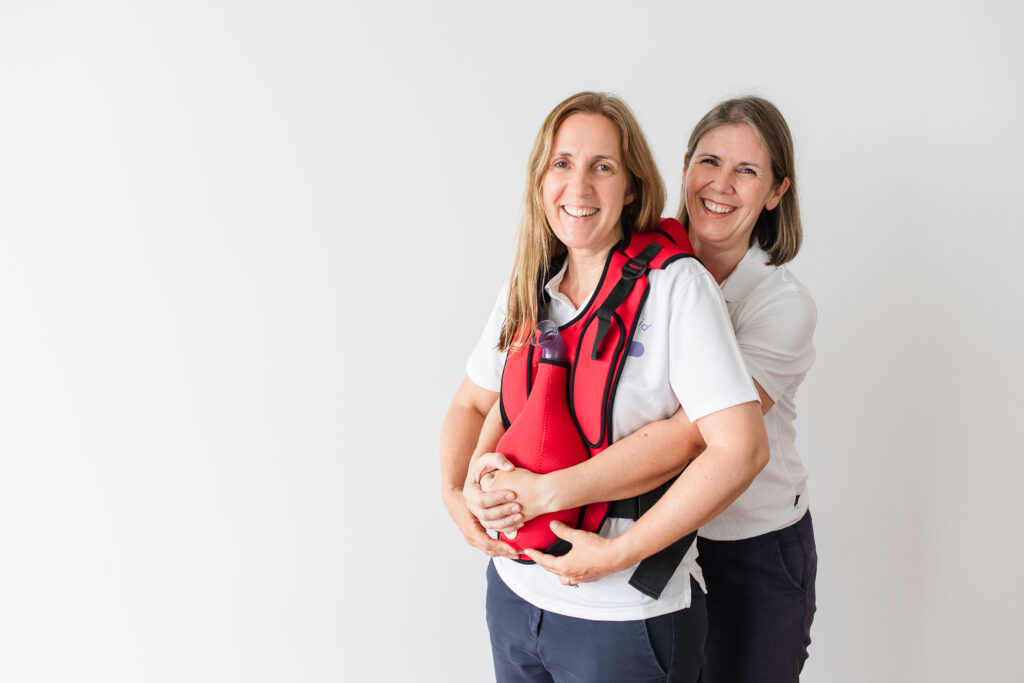We all know that choking can be a scary situation. When someone’s airway is blocked, every second counts. That’s why traditional first aid methods like back blows and abdominal thrusts are so crucial; they are proven and effective. But with anti-choking devices popping up, it’s natural to wonder if they could be even better.
The question of anti-choking devices often sparks lively discussions in our first aid courses. It’s a topic many people are curious about, and rightfully so. When it comes to choking, we all want to know we’re using the most effective methods. Let’s dive into the pros and cons of these devices and see how they fit into standard first aid practices.
So, What Exactly Are Anti-Choking Devices?
Think of them as mini suction tools. Devices like the LifeVac and DeChoker use a mask to create a seal over the mouth and nose, then generate suction to try and pull out whatever’s blocking the airway.
The Cons
- Time Matters:
- A significant concern is that relying on these devices could delay the administration of proven first aid techniques, potentially worsening the situation.
- The time required to retrieve and properly use the device could be better spent performing standard first aid.
- Potential for Improper Use:
- Getting a good seal with the mask is key, and that can be tricky, especially when everyone’s panicking.
- Improper use can make the obstruction worse.
- Varied Effectiveness:
- The effectiveness of these devices is influenced by factors such as the nature of the obstruction, the individual’s size, and other variables.
- Limited Scientific Evidence:
- The primary concern is the lack of sufficient scientific research supporting their widespread use.
- This is one of the reasons why regulatory organisations such as the UK’s MHRA and the US FDA do not officially recommend their use in standard choking first aid guidelines.
The Pros
- A Potential Backup:
- If traditional methods don’t work, these devices might offer an extra helping hand.
- Some anecdotal reports and limited studies suggest these devices have helped in certain situations.
What You Need to Know if you want to use an anti-choking device:
- Prioritise Standard First Aid: Traditional methods remain the most reliable approach.
- Training is Essential: Proficiency in proper first aid techniques is crucial.
- Heed Regulatory Warnings: Pay close attention to safety warnings issued by regulatory agencies.
- Ensure Product Authenticity: Procure genuine, quality-controlled products.
Advice from a Medical Professional on Anti-choking Devices
Anti-choking devices shouldn’t replace standard first aid. They may have a role to play as a back up but remember, the experts agree that mastering traditional techniques is the most important thing. We need more research to really know how effective these devices are.
How to prevent your child from Choking: Your Best Defence!
- Cut food into small pieces.
- Always supervise children while they’re eating, and make sure they’re sitting upright.
- Minimise distractions during mealtimes.
- Keep small, dangerous objects out of reach of little ones.
Even with the best precautions, accidents happen. That’s why knowing first aid is so important. It gives you the confidence to act quickly and calmly in an emergency.

Ready To Learn?
Join one of our fun and informative first aid courses right here in Singapore! We’ll teach you everything you need to know to handle choking and other emergencies with confidence. Book your spot here.
Want a Private Class?
We can bring the training to you! Contact us today to arrange a personalized first aid session at your home. Contact us today.
Remember: This is intended for general guidence, and does not constitute medical advice. If you have any concerns about you or your families health, please consult with a doctor.

